
Discover why it’s important to teach your students about Earth Day, and explore 10 simple and fun activities for celebrating this holiday in the classroom!

Discover why it’s important to teach your students about Earth Day, and explore 10 simple and fun activities for celebrating this holiday in the classroom!
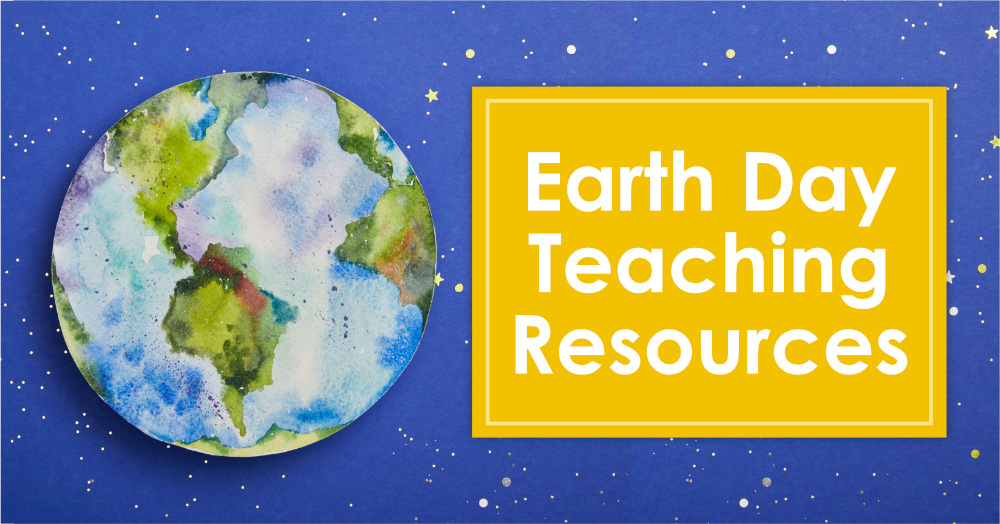
How are you planning to celebrate Earth Day in your classroom? If you need ideas, check out the teaching resources, lessons, and freebies in this

Just a Dream to Save Our Planet is a teaching resource with engaging Earth Day lessons and activities using Chris Van Allsburg’s children’s book Just

Discover teaching tips for helping your students reflect on what they’ve learned during a class field trip. Free Field Trip Follow Up Report included!
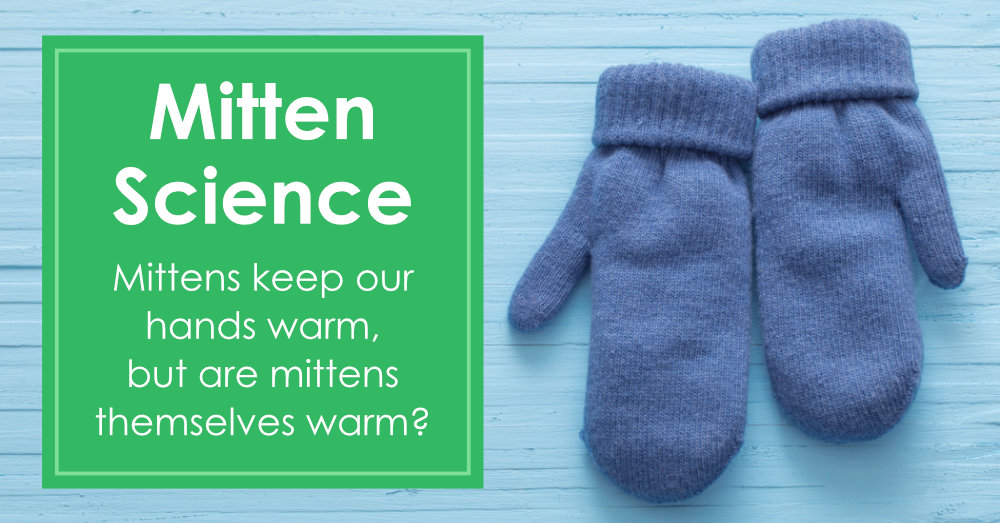
Mittens keep our hands warm, but are mittens themselves warm? Teach your students how to use the scientific process to answer this question. Freebies included!
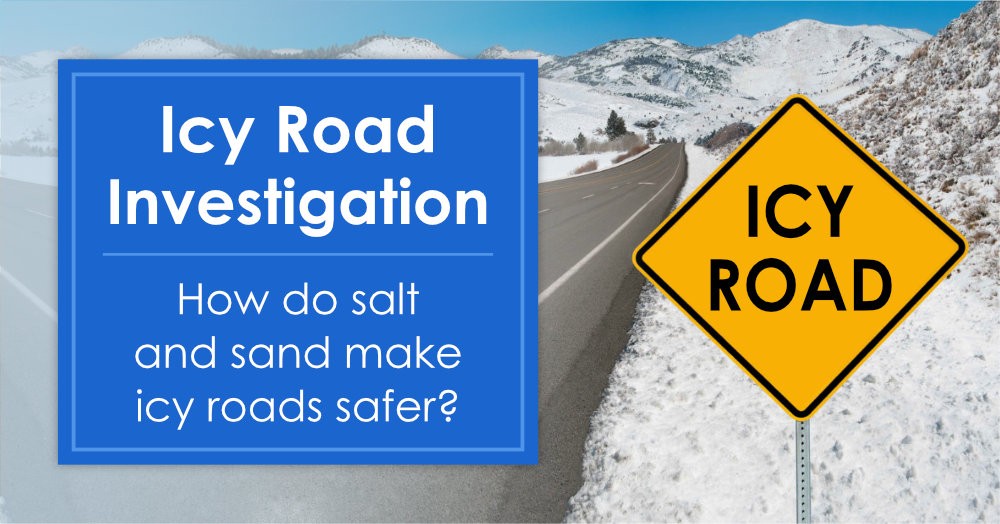
How do sand and salt make icy roads safer? Your students will be able to answer this question after they conduct this easy hands-on science
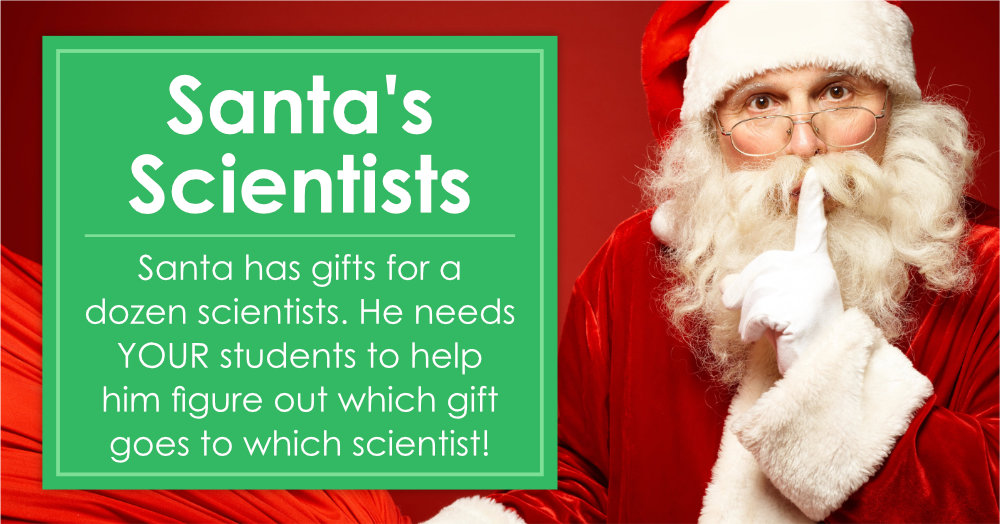
Gifts for Santa’s Scientists is a fun cooperative learning research activity! Students learn about 12 types scientists and then decide which of Santa’s science gifts
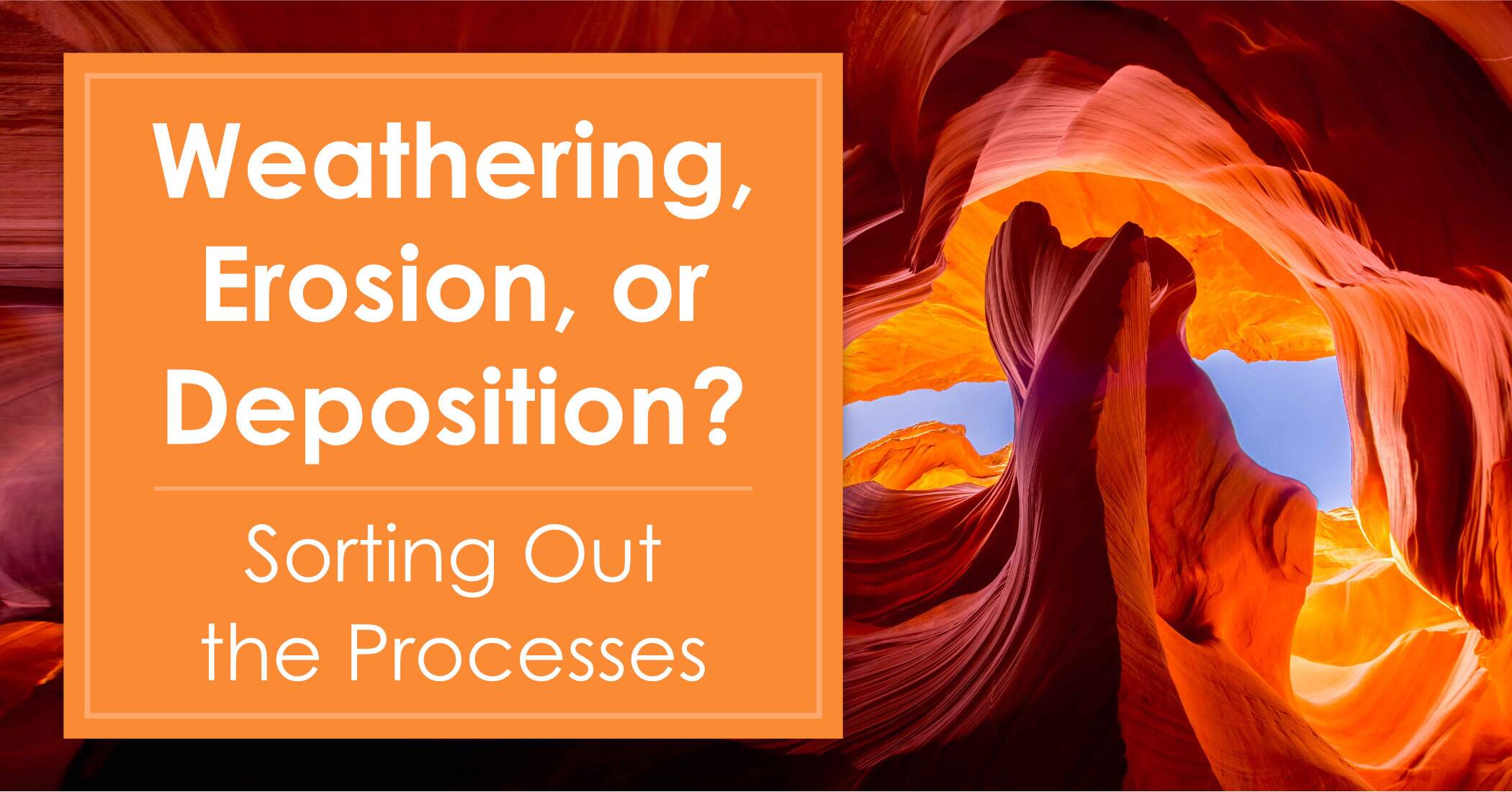
Weathering, erosion, or deposition? This sorting activity will help your students understand how landforms are changed by these three processes.
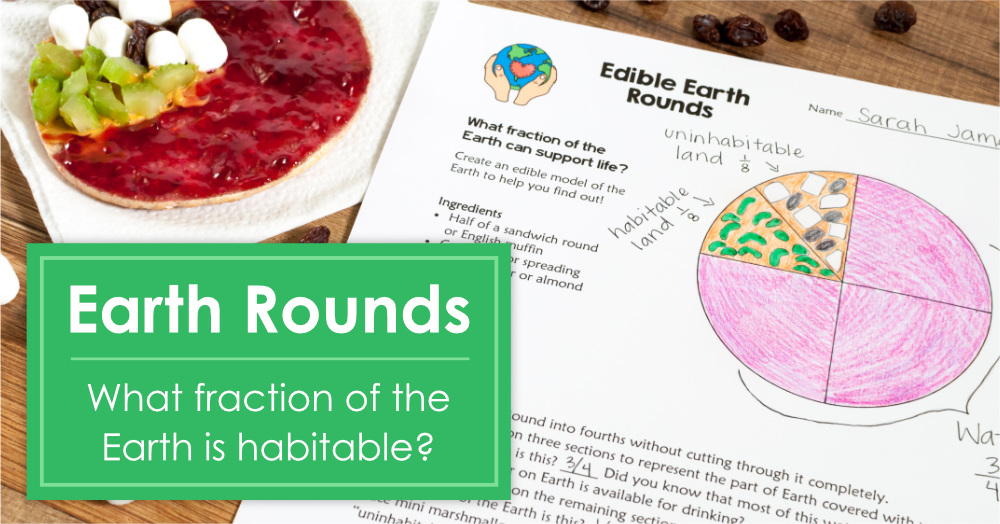
Do your students know that only a small part of planet Earth is habitable? The Edible Earth Rounds activity is a tasty way for them
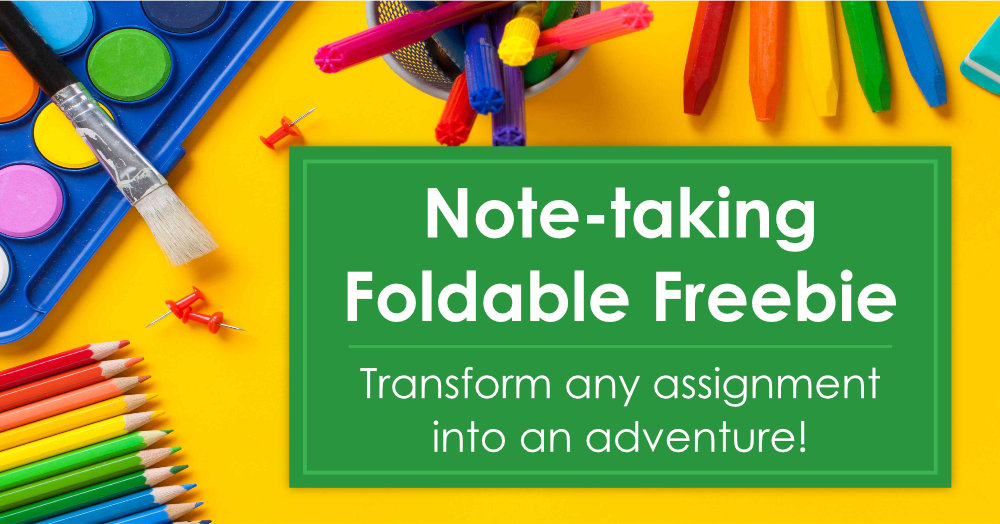
How can you transform almost any assignment into an adventure? Use foldables! Foldables are so much fun to make, and when students create their own,
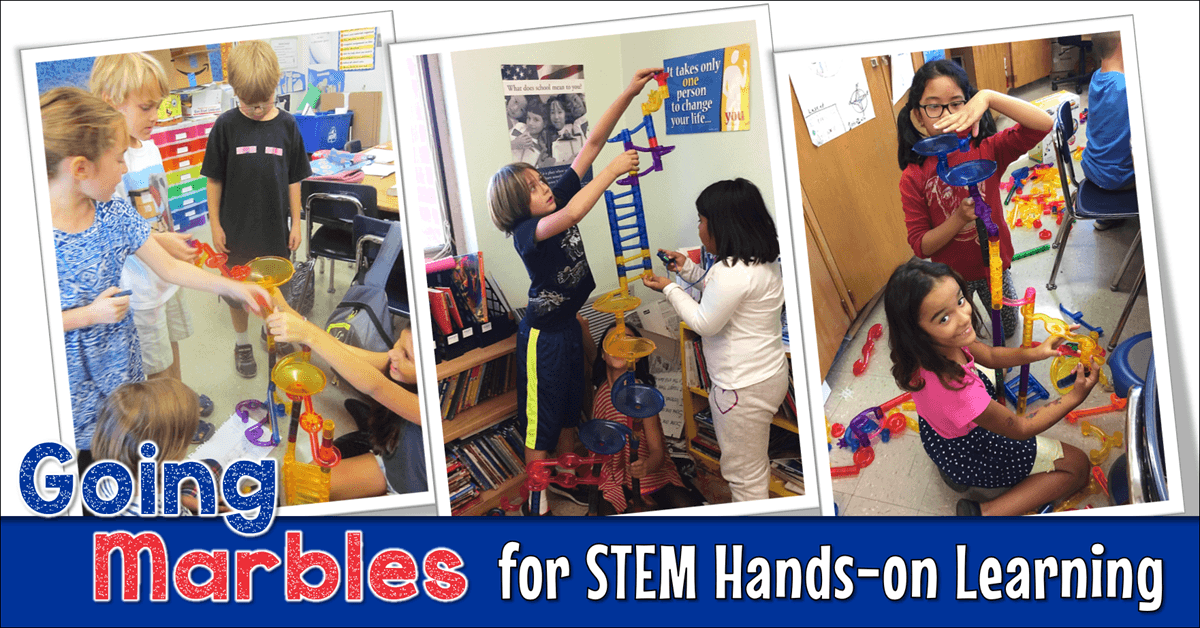
Guest blog post by Francie Kugelman Do you remember the thrill of dropping a marble into a maze and watching it roll, spin, and finally

Step-by-step Lesson and Free Printables Most kids are familiar with the terms precipitation, condensation, and evaporation, but very few of them really understand what those

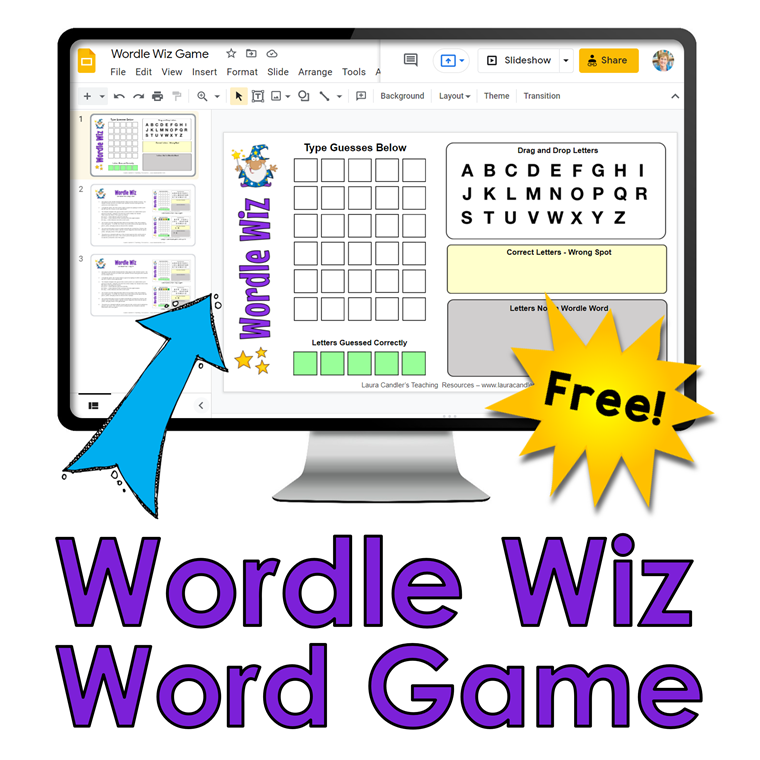

Discover why it’s important to teach your students about Earth Day, and explore 10 simple and fun activities for celebrating this holiday in the classroom!

How are you planning to celebrate Earth Day in your classroom? If you need ideas, check out the teaching resources, lessons, and freebies in this blog post!

Just a Dream to Save Our Planet is a teaching resource with engaging Earth Day lessons and activities using Chris Van Allsburg’s children’s book Just a Dream.

Discover teaching tips for helping your students reflect on what they’ve learned during a class field trip. Free Field Trip Follow Up Report included!

Mittens keep our hands warm, but are mittens themselves warm? Teach your students how to use the scientific process to answer this question. Freebies included!

How do sand and salt make icy roads safer? Your students will be able to answer this question after they conduct this easy hands-on science experiment using simple materials such as ice, salt, and sand.

Gifts for Santa’s Scientists is a fun cooperative learning research activity! Students learn about 12 types scientists and then decide which of Santa’s science gifts go to each scientist.

Weathering, erosion, or deposition? This sorting activity will help your students understand how landforms are changed by these three processes.

Do your students know that only a small part of planet Earth is habitable? The Edible Earth Rounds activity is a tasty way for them to explore this concept!

How can you transform almost any assignment into an adventure? Use foldables! Foldables are so much fun to make, and when students create their own, they seem to take more pride in their work. One type of foldable that’s super easy to use is a four-flap foldable for taking notes.

Guest blog post by Francie Kugelman Do you remember the thrill of dropping a marble into a maze and watching it roll, spin, and finally end at the bottom of your run? Having your students create a marble run can be a fantastic learning experience for your students, and it

Step-by-step Lesson and Free Printables Most kids are familiar with the terms precipitation, condensation, and evaporation, but very few of them really understand what those words mean. Just ask your students to name three examples of condensation in everyday life and watch their eyes glaze over. Huh?? Most kids understand
